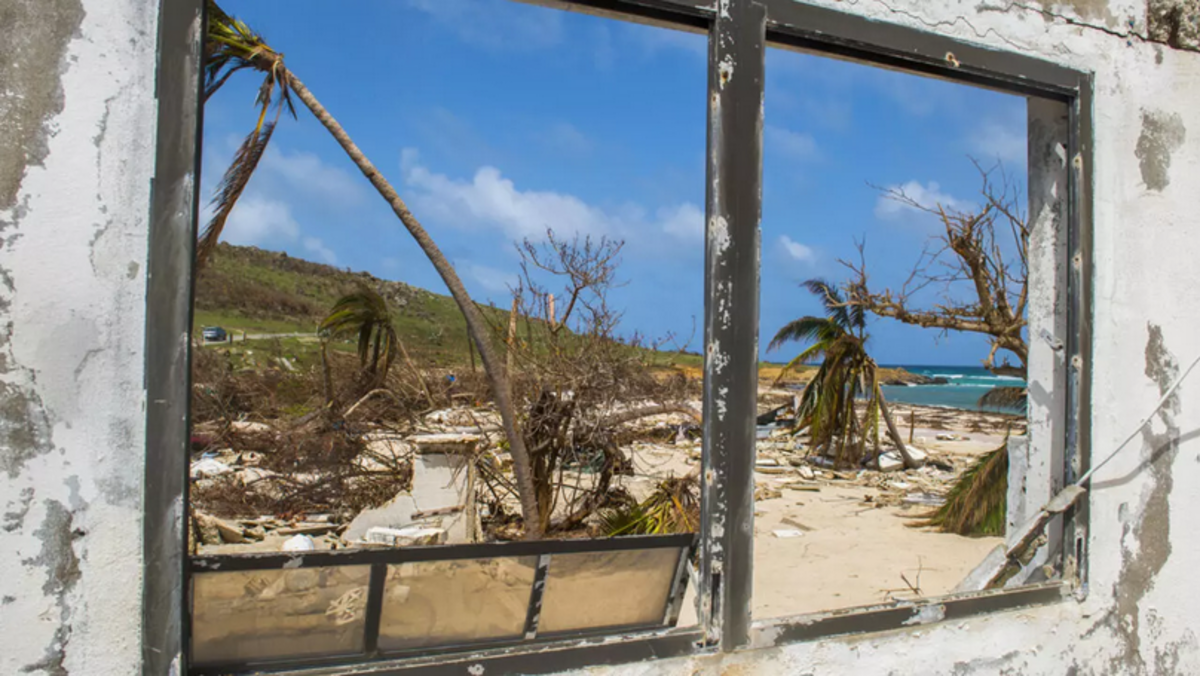
Agrandissement : Illustration 1

Article source: "Catastrophes naturelles: les Antilles françaises en alerte face aux coupes budgétaires américaines", AFP, France 24, 20/03/2025.
Today, Guadeloupe is taking part in UNESCO's annual tsunami exercise, Caribe Wave 25. It involves a full-scale simulation of an earthquake followed by a tsunami in the Caribbean area. The exercise provides an opportunity for the emergency services and the populations of Caribbean countries to test their preparedness.
This year, the situation is particularly worrying. “In the French Antilles, we are dependent on the Pacific Tsunami Warning Center which is an American organisation in Hawaii,” says Gaël Musquet, an 'ethical' hacker who is an expert on the topic.
France does have its own national tsunami warning centre, the CENALT, but it only covers the Western Mediterranean and the North-eastern Atlantic .
These warning centres are equipped with an array of sensors which signal organisations like the French meteorological office (Météo-France) and French military command in the Antilles. These organisations then warn the local authorities who can decide to issue warnings or order evacuations.
“India, New Zealand, Australia, Japan and the United States are the only countries with a DART system [Deep-ocean Assessment and Reporting of Tsunamis, ed.],” which consists of a network of buoys that detect tsunami threats, explains Musquet.
Testing the Cell Broadcast Warning System
“We are facing a potential rupture of our ability to detect tsunamis,” continues Musquet, who is an ardent supporter of national investment in effective warning systems.
This is precisely what Caribe Wave 25 is seeking to address. In Guadeloupe, Saint Martin and Saint Barthélemy, the exercise will help test FR-Alert, a Cell Broadcast warning system implemented in 2022. It warns anyone who owns a mobile phone in real time via technologies first tested in the 1990s at the Sophia Antipolis technology park, near Nice.
“We also have to report on the methods employed by local councils: sirens, megaphones, door-to-door visits,” says a local official who is worried about the lack of a locally targeted specific action plan for tsunami alerts, despite the annual drill.
Waning Cooperation
Musquet and some of his fellow activists worry about a lack of political will and a tendency to downplay risk. In Guadeloupe, the only town recognised as “Tsunami Ready” by the Unesco programme is Deshaies in Basse-Terre, which has invested heavily in tsunami preparedness.
In other towns, very few people know about the evacuation routes or the crisis management planning documents.
Faced with these institutional deficiencies, some public figures are trying to develop independent solutions to strengthen local tsunami planning.
One such figure is Cédric Coco-Viloin, founder of Guadeloupe’s first makerspace (creative digital workshop). He is developing an alternative low frequency radio network which is “independent and energy-efficient.”
“We want to connect it to sensors to share data on the water level of rivers and wind speed,” he explains.
Although these alternative networks are not meant to replace national organisations, they could increase local resilience to natural disasters, especially if the USA extends its recent tendency to withdraw cooperation.
Despite long-term collaboration on ocean surveillance, American scientists have stopped communicating with the French maritime research institute, Ifremer since mid-February, according to France Info.
The American National Oceanic and Atmospheric Administration, which is in charge of the Pacific Tsunami Warning Center, has recently been in the cross-hairs of the Trump administration, and hundreds of scientists and experts have already been made redundant.
According to Thierry Jimonet, head of Météo-France in Guadeloupe, there has so far been no indication that cooperation on meteorological alerts will end.
“But we do know that some of the directors have been laid off,” he told the AFP, “specifically in the department that used to send reconnaissance flights into the heart of hurricanes.”*
* The department still does this, but that they have been reduced to a skeleton staff by US government cuts, ed.
Translated by Tabatha Picard, Nissrine Vanstaen and Johanna Leclair
Editing by Sam Trainor



